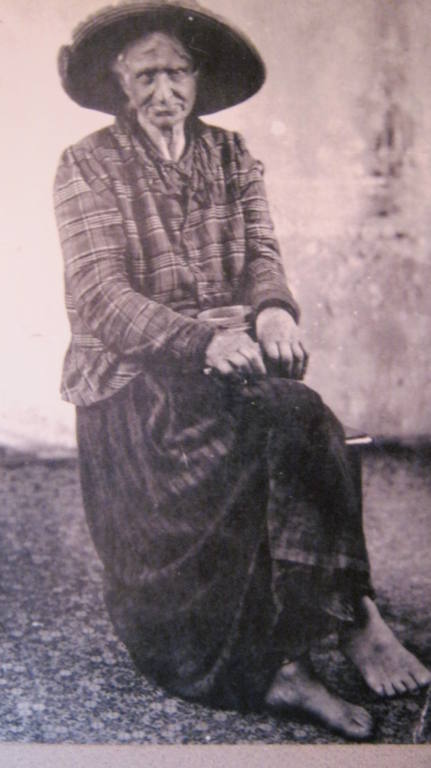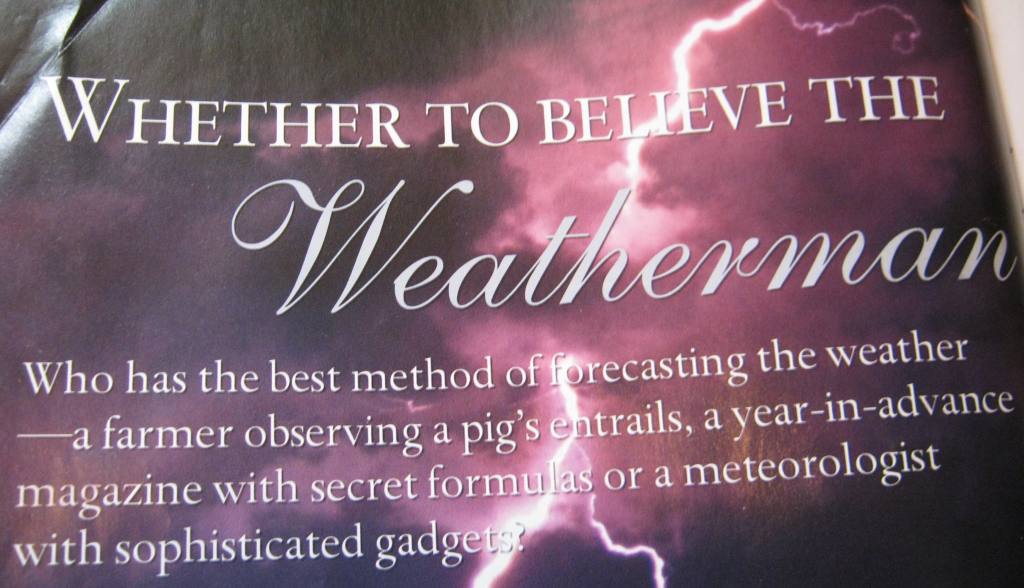|
|
In 1890, Mysie MacDonald, her dead brother slung over her shoulders, walked barefoot approximately 11 miles from her home in the deserted Old Scotch Settlement to the Catholic Cemetery in Stanley, NB.
After her brother was buried Mysie, 62 years old, became the last remaining inhabitant of a community founded by Scottish settlers. She lived alone in the woods for 16 years, becoming famous for her self-sufficiency and eccentricity. She trapped animals, fished, picked nuts and made brooms. Perhaps it was because of her strength that she was feared by some and rumours spread that she was a witch.
It is undeniable that she had a stubborn will to live, and knew how to make use of her wild surroundings. She was a survivor in every sense of the word. ....
Complete article "Sole Survivor" first published in the Telegraph Journal (Reader insert) March. 19, 2005.
Second printing "One Incredible Scot" published in Celtic Heritage March/April 2006.
Photo Credit: Provincial Archives of New Brunswick - P37-292
|  | The 1997 Canadian edition of the "Old Farmer's Almanac" predicted a blizzard for the Atlantic Provinces for February 1-3; the storm didn't materialize. On the 5th of March that year the local [radio] forecast was for a dusting of snow. Starting out for a visit with my sister two hours away, I didn't know I'd be there for three days. The "Farmer's Almanac" was a month early but the blizzard came - the only time I've seen the word blizzard in the journal.
Atlantic Canadians love to talk about the weather. Whether it's chit-chat in the grocery aisle, jawing around the water cooler at work, or chatting with a neighbour over coffee, weather is a common topic of conversation....
Before the invention of radar, satellites and other scientific instrumentation, people had their own theories and methods for predicting the weather. The farmer with a field of hay to cut planned his harvest around the signs; cirrus clouds appearing in the west meant he had to move fast before rain soaked his hay; usually within 48 hours. The fisherman prepared his boat knowing that westerly winds were a sign of safe sailing. Lumbermen quit cutting when high winds struck, in order to avoid "widow-makers", dead branches or treetops. Predicting the weather was a matter of survival, and ...it's in our blood....
Full article "Whether to Believe the Weatherman" published in Saltscapes Magazine May/June 2006.
Photo credit - Saltscapes Staff. |  |
| |




